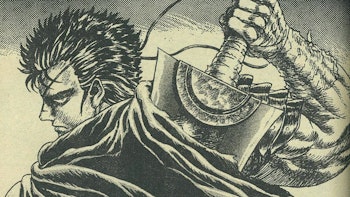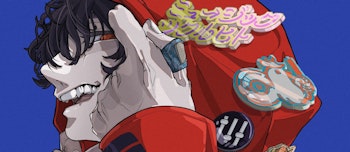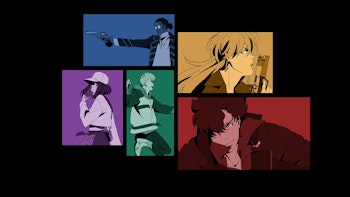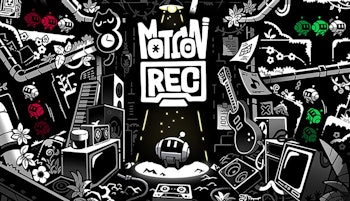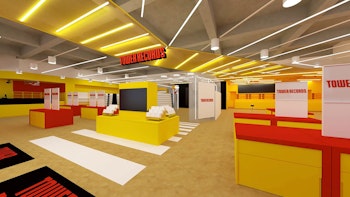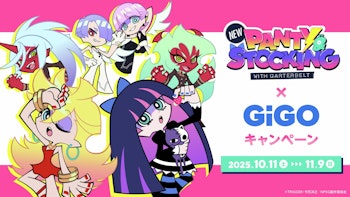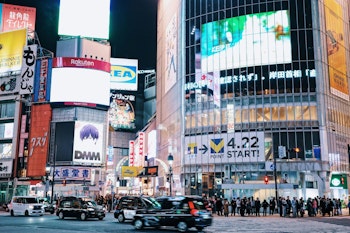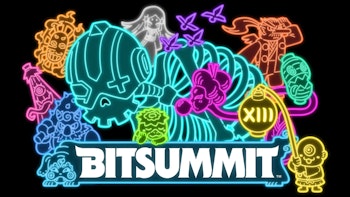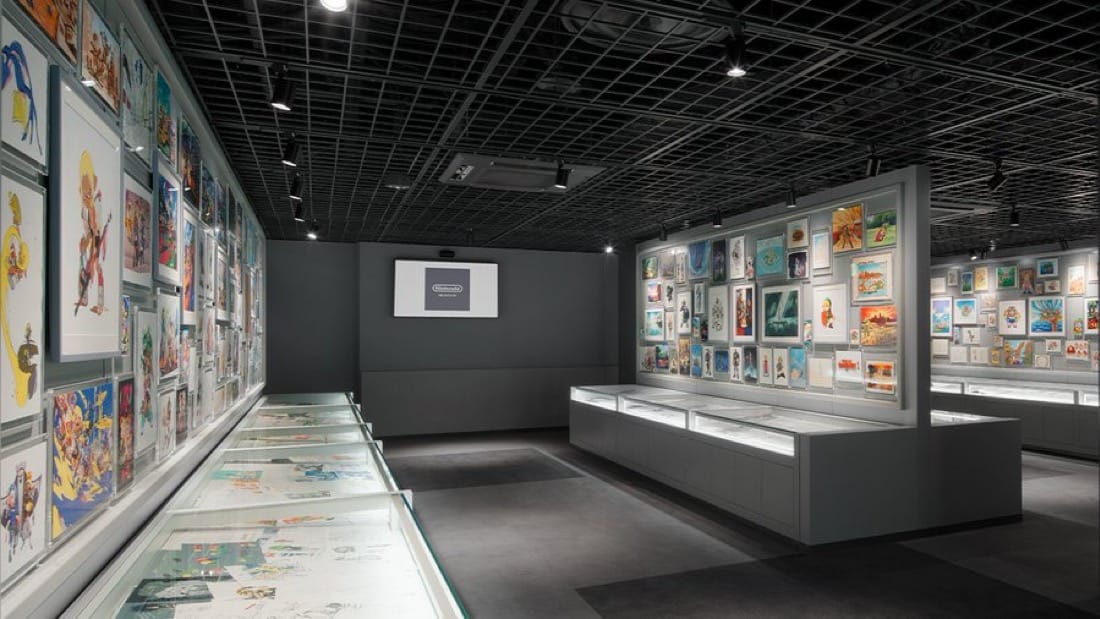
What is a Nintendo Museum that refuses to examine its history?
This is the question I first asked after attending the museum shortly after its initial opening last year, exploring the museum with a personal nostalgia but leaving overall confused as to why Nintendo built this space and approached their history in such an obtuse manner. For all the history on display, very little existed to bring context to its development and how we got from the card company of the late-20th century to the gaming conglomerate known around the world today.
A few unlabeled prototypes and some fun interactive games on the lower floor were appreciated, but between the cost of entry compared to other museums and exhibitions, how far out the way it was from Kyoto’s city center placing it in an awkward location, and the additional cost of other experiences, it felt more like a missed opportunity. It was far from unsalvageable, merely needing something to transform this sterile product showroom into something informative and educational. A museum dedicated to the biggest company developing some of the most beloved modern characters in a medium as big as gaming deserves that much.
That being said, for such a famously-stubborn company, I didn’t expect anything to change. It would be its own thing, for better and for worse. Yet a year after its opening and seemingly out of nowhere, the company chose to make its first step towards realizing this monument’s full potential.
The Nintendo Art Gallery is a step in the right direction for the Nintendo Museum, if nothing else. Rather than removing exhibitions showcasing the company’s gaming and pre-gaming history, this was an all-new expansion to the second floor of the museum designed to provide a look into the concept art, design documents and key art for key titles in Nintendo history. The display was a mix of original documents alongside photocopied versions of more precious materials, offering early looks at famed characters and design ideas.
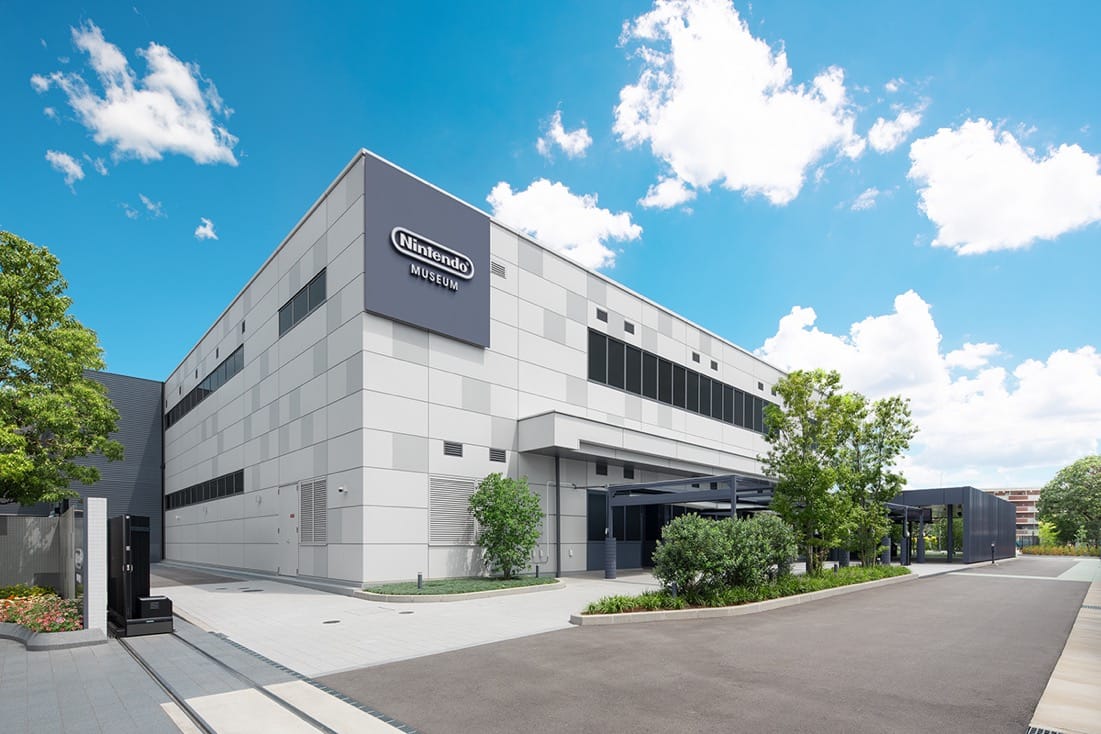
One thing sorely lacking with the original museum was context, especially for those less familiar with gaming as a medium. The museum is housed on original Nintendo factory grounds, with the entire first party alongside select third-party catalogues for every console and handheld in the company’s history. You had random merchandise for key Nintendo characters, you had accessories. Yet without already having a baseline at who these characters are or how their games played, this would mean nothing to you. Even knowing that, you’re never going to understand why Nintendo made the leap from the GameCube to the Wii, for example, just based on the exhibits on display, or why their design philosophy changed so drastically.
The only area of the museum that did this previously was Nintendo’s pre-gaming toys, because to chronicle these toys and their evolution naturally mirrored the way society and its views evolved (while remastered TV commercials showed the evolution of marketing). The jump from board games to toys made sense even without labeled text because you can see the IP Nintendo would use for board games or see historical events represented in the toys, aided further by remastered commercials showcasing the rise of visual media and society. Toys, and the reasons for their creation, in one place.
All this context is to say that the Art Gallery is implemented into the museum with this philosophy in mind, bringing a similar approach to Nintendo’s gaming history by giving us the biggest look yet into Nintendo’s secretive development pipeline. The artwork is the star, even if it suffers from the same lack of written textual explainers. Less a collection of framed pieces and more a collage of papers pinned to the wall and housed in piles in cabinets behind panes of glass, the exhibition is displayed like you’re an archivist scavenging through the drawers of an artist to find the hidden pieces of art history. Except for the fact there’s somewhat more organization, with these papers being separated by franchise rather than tossed into a concept art free-for-all.
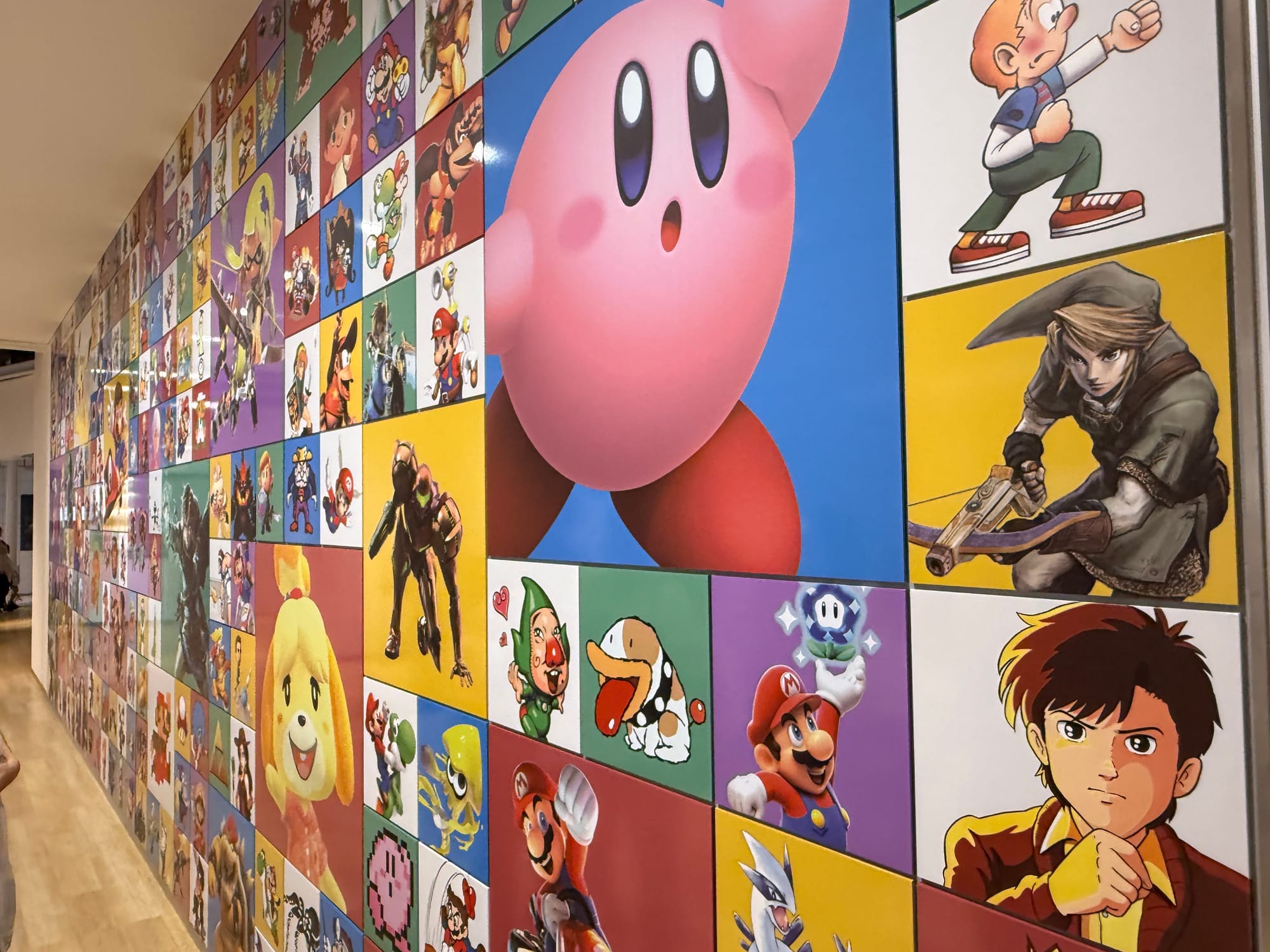
The first franchise you’ll see, perhaps fittingly for Japan, is Splatoon. Although much of the artwork on display here has been shown to the public as part of Nintendo’s fascinating developer interviews, giving us a look at the pre-squid rabbits with paint guns that were once the mascots of the in-development version of Splatoon, hidden amongst it were a number of unreleased papers fleshing out the blanks of those previously-released out-of-context pieces. Design documents with Japanese text discussing why and how the rabbits would move through the graffiti parks and shoot their weapons, stamped with the hanko of senior developers, felt like a look into Nintendo’s approval process. More than revealing an entirely-unknown past, it allows us to piece together the company’s relentless focus on fashion in response to youth trends.
Pikmin, on the other hand, showcased its monochrome, horror-infused past with a dose of lovecraftian creatures and dioramas. The constructed worlds on display in these early concept arts were nothing like the rare pieces shown in art and guide books and differ greatly from the final game, though the tension and fear of losing a Pikmin life can be felt at an immediate glance at its dragon-like birds that emphasize scale.
Not everything was obscure. In the Fire Emblem section, the original color cel artwork for Fire Emblem: Shadow Dragon and the Blade of Light was showcased showing beyond the cropped original to reveal the beauty of the original. You aren’t seeing a behind the scenes piece of art, but you are seeing something that otherwise never gets a public show and celebrates the art in its full glory.
It’s fascinating. The knitted yarn Yoshi showcased in the Nintendo Direct revealing Yoshi’s Woolly World were here, storyboards detailing how they wanted to pace even minor sequences like the minigame transitions in the Warioware franchise, tiny notes on how to make Birdo’s golf swing look slightly more awkward to suit the character’s proportions. Hanko stamps and dates contextualize development length, and you can see how influential games were in their time through even innocuous touches. Seeing the Super Mario Bros. 1-1 level layout is cool but you’ve seen it before. Seeing designs for Super Mario Bros. 2 wrote in notebooks labeled after the first game shows just how much the game was beloved.
Animal Crossing menu design, a history of Splatoon hair, early renders of Evader for Star Fox, unedited Nintendo Power comics for Metroid, maps for those games different to the final game, the original Kirby design document exploring the concept of Kirby alongside and early renders and box art. How to create 3D Fire Emblem on GameCube and still retain realism. We can see Nintendo grapple with these questions and for how long.
Even if a continued desire to prevent fans from reading more detail on the why behind why they took these approaches, the dates and images allow you to understand how the world around the company and the technological advancements helped these series to grow. Seeing Pokémon Stadium in a cabinet of N64 games is cool, but understanding why it was made more is important. Now, the museum can show how different games inspired one another, how an idea for a franchise came to life. It’s far from perfect, but it’s a start.
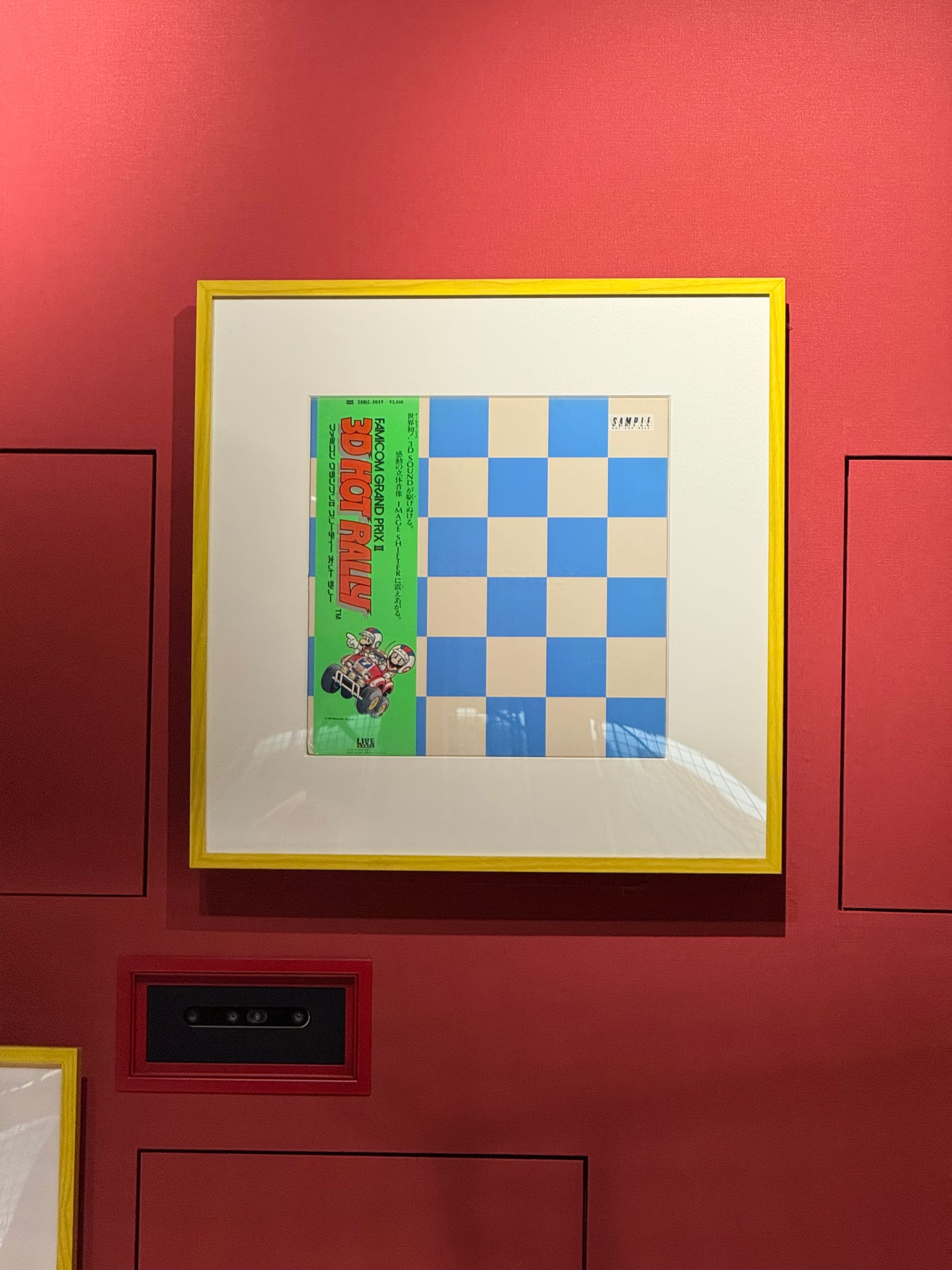
Combined with the context of seeing the games featured elsewhere in the museum, you can combine this knowledge and piece together the how and why of your favorite titles, which is what the museum was crying out for since the early days. Couple it with the company’s willingness to add temporary exhibitions - a Mario & Luigi byobu folding screen is temporarily loaned from an art museum and originally created by artist Taro Yamamoto for Mario’s 30th anniversary and given a textual explanation of its creation and meaning - and the fact that the prototypes have similarly been given the art gallery treatment by showing concept sketches and unseen prototype renders, and finally there’s history on display here. The GBA Mini, a developmental precursor to the GBA Micro and shaped suspiciously like a flip phone, reminds me of the once-rumored Nintendo Phone of the mid-2000s.
I’m not going to say the Nintendo Museum has been fixed by these changes, but it has been improved. That’s all you can ask for. I left more pleased on my second trip than I had my first, unable to stop thinking about the design documents and thoughts swelling on the history of game development and the industry as a result of this visit. Considering the usual secrecy, I’ll accept that.
